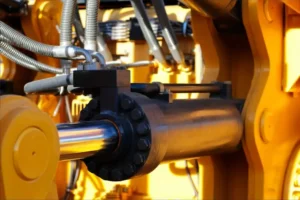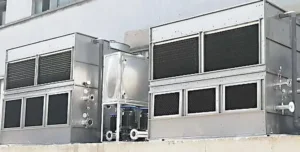Откройте для себя эффективные методы точного измерения температуры плавления металлов с помощью этого подробного руководства.. Узнайте лучшие методы для точной определения температуры, От термопали и пирометрии до дифференциальной сканирующей калориметрии. Исследуйте протоколы безопасности и основные соображения для проведения высокотемпературных экспериментов. Являетесь ли вы металлургом, исследователь, или энтузиаст, Разблокируйте секреты для освоения измерения температуры плавления металла для вашего следующего проекта.

Измерение температуры плавления металла может быть сделано различными методами, в зависимости от доступного оборудования и ресурсов. Вот некоторые общие методы:
- Термопары: Термопары измеряют температуру, используя напряжение, генерируемое на соединении двух разных металлов. Они обычно используются для высокотемпературных измерений. Для измерения температуры плавления металла, Термопара может быть вставлена в или близко к нагреванию металла, пока не тает.. Температура, при которой происходит плавление, можно затем считать из термопары.
- Пирометрия: Пирометы - это инструменты, используемые для измерения высоких температур, Обычно путем обнаружения количества термического излучения, излучаемого объектом. Пирометр может быть указан на металл, когда он нагревается, и температура, при которой он начинает таять, может быть отмечена.
- Дифференциальная сканирующая калориметрия (ДСК): DSC - это метод, используемый для измерения разницы в тепловом потоке в образец и эталонного материала, поскольку они подвергаются контролируемой температурной программе. Температура плавления металла может быть определена путем наблюдения за эндотермическим пиком в кривой DSC, что соответствует энергии, поглощаемой во время процесса плавления.
- Оптические методы: Некоторые металлы демонстрируют характерные изменения в оптических свойствах, когда они приближаются к своим точкам плавления. Например, Их отражательная способность может измениться. Оптические методы могут включать наблюдение за этими изменениями с использованием специализированного оборудования или даже простого визуального осмотра в условиях контролируемых освещений.
- Печь с контролем температуры: Если вы можете получить доступ к печи с точным контролем температуры, Вы можете постепенно повысить температуру при мониторинге образца металла. Как только он достигнет точки плавления, Можно отметить температурный показатель печи.
- Фазовые диаграммы: Консультация фазовых диаграмм, специфичных для тестируемого металла, может предоставить ценную информацию о температуре плавления при определенных условиях. Фазовые диаграммы обычно показывают взаимосвязь между температурой, давление, и фазы материала (твердый, жидкость, газ).
- Методы теплового анализа: Такие методы, как дифференциальный тепловой анализ (DTA) и дифференциальная сканирующая калориметрия (ДСК) можно использовать для изучения теплового поведения материалов, включая определение температуры плавления.

При проведении экспериментов, связанных с высокими температурами или таяниями металлов, Всегда расставляйте приоритеты в безопасности, носив соответствующее защитное оборудование и после установленных протоколов безопасности.







